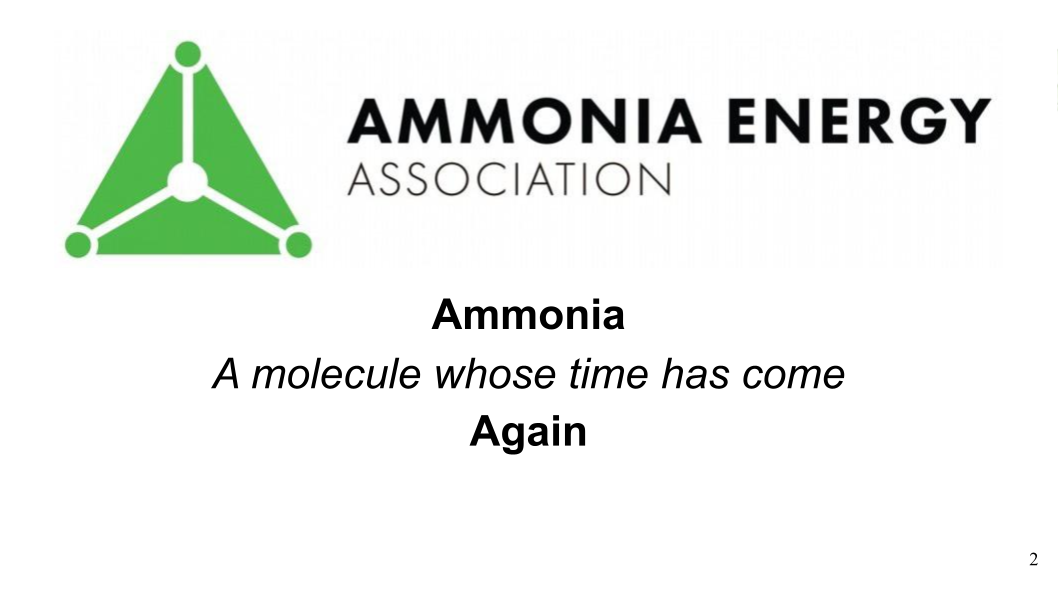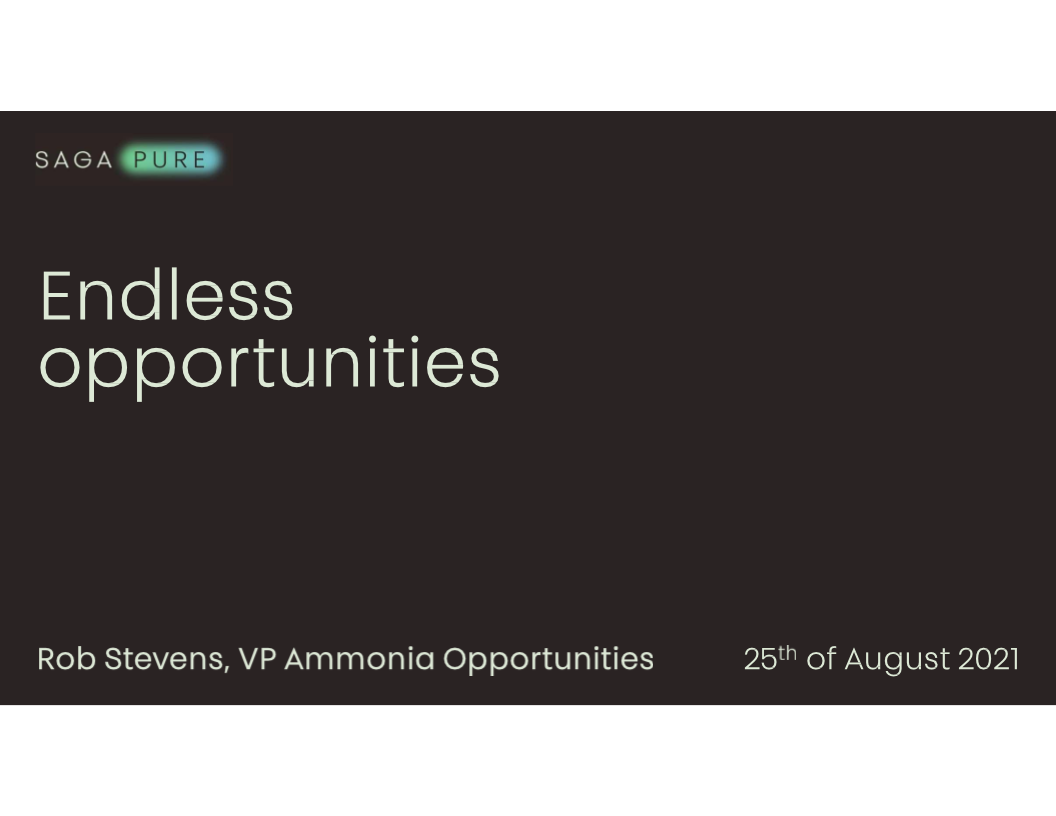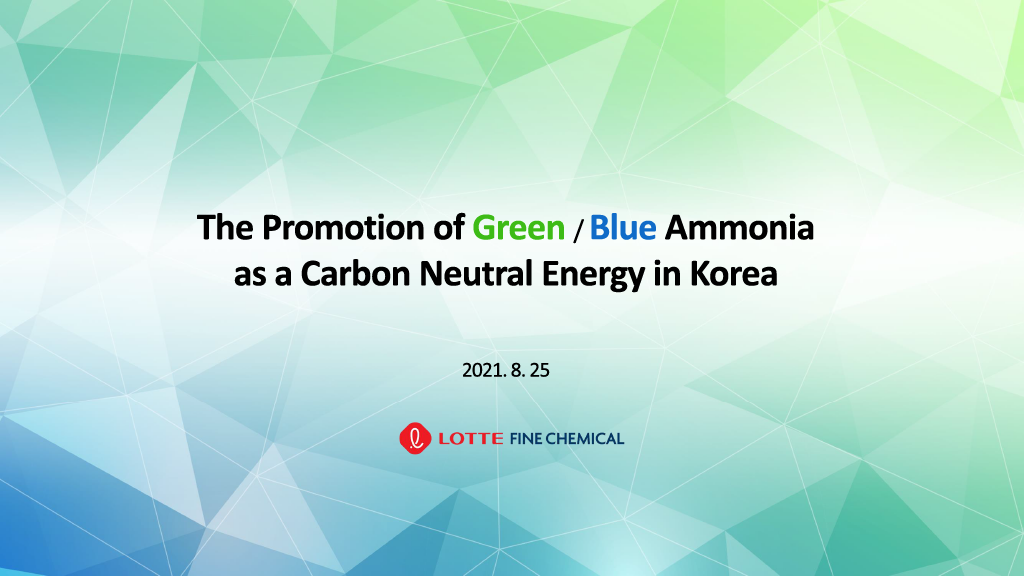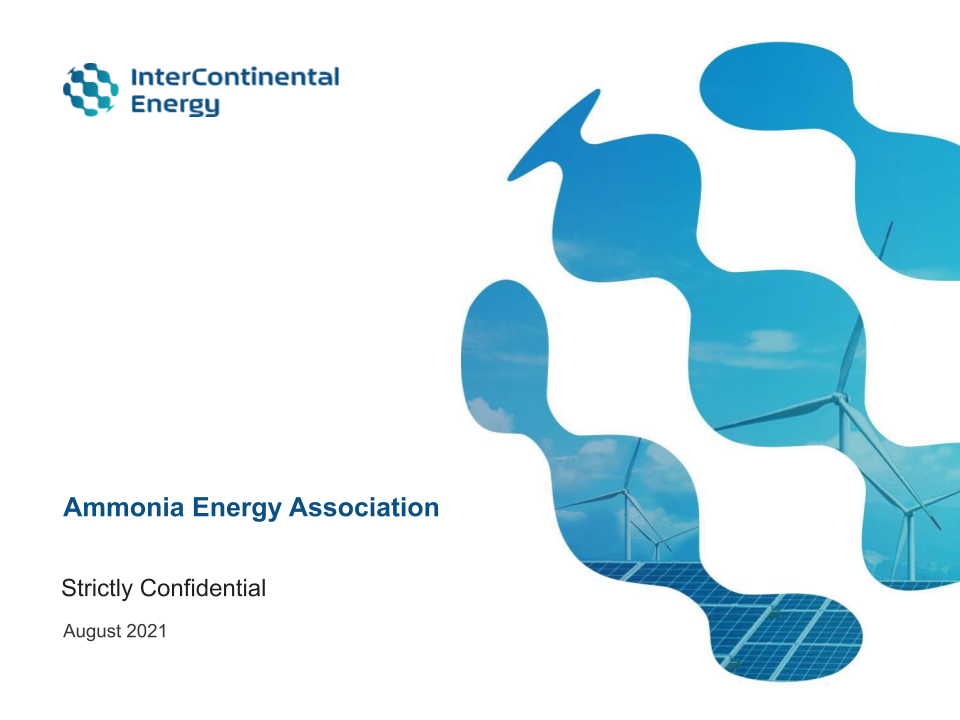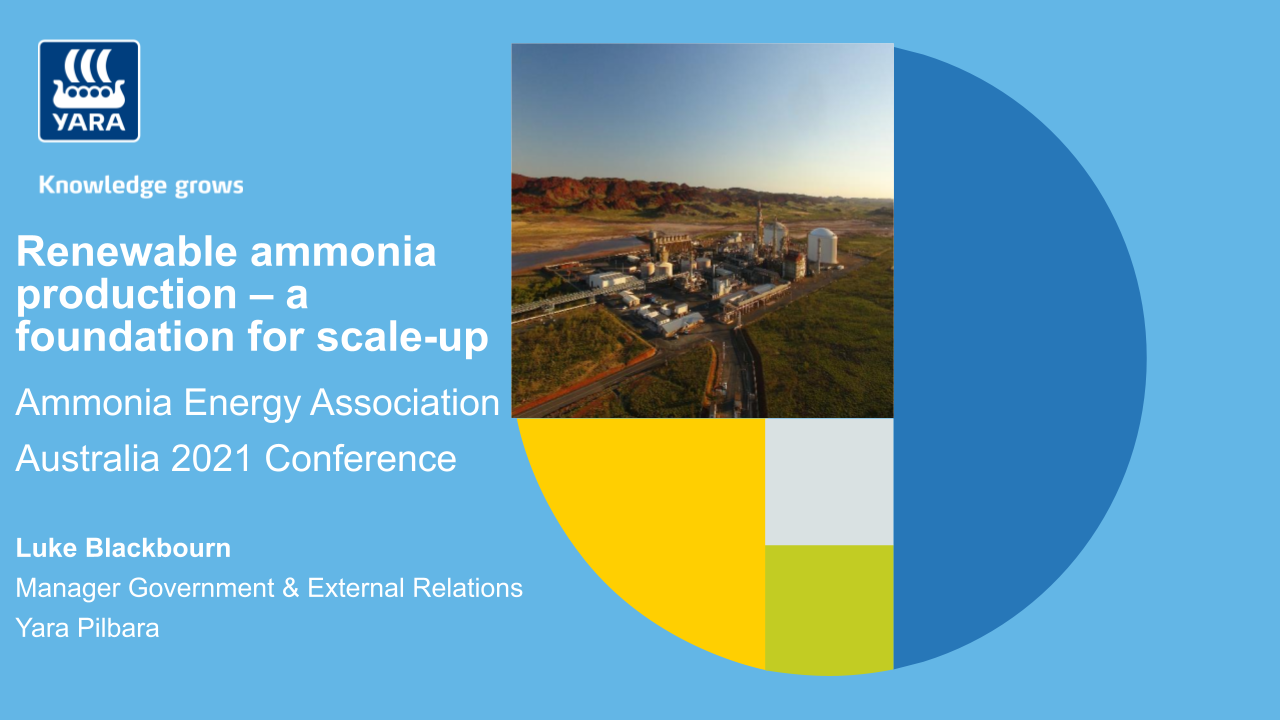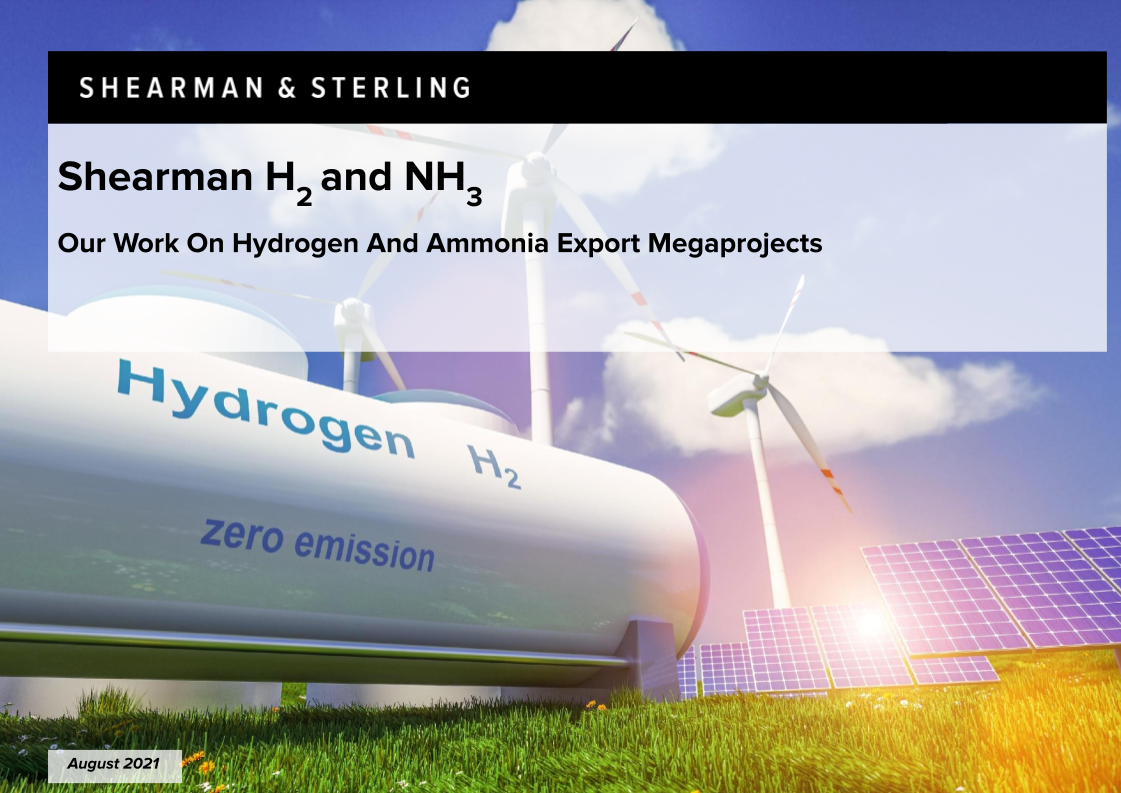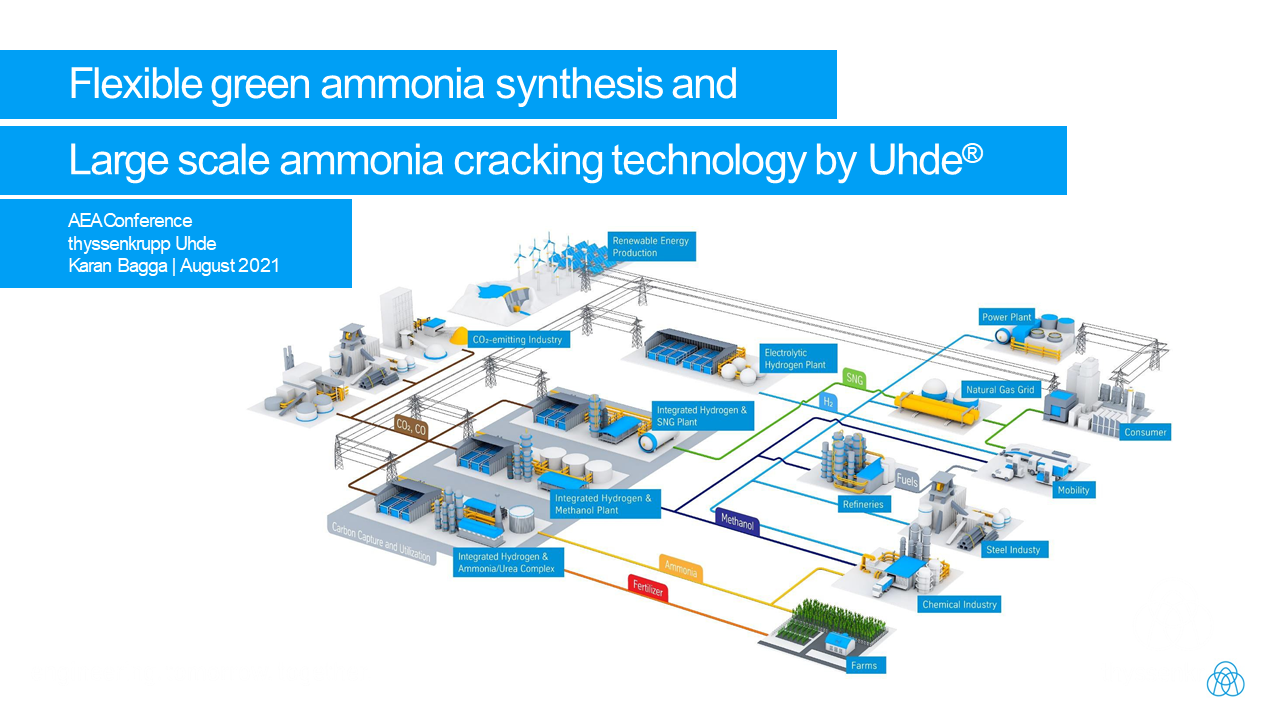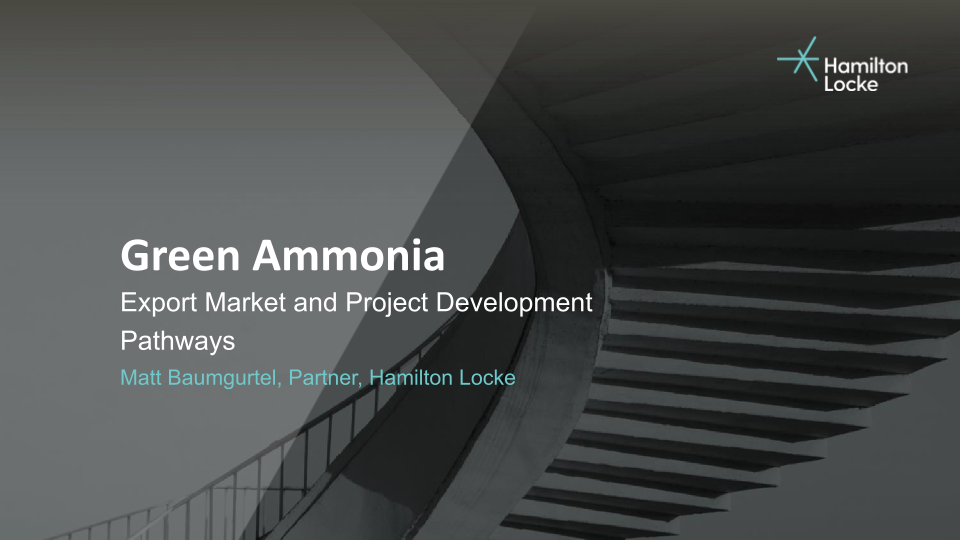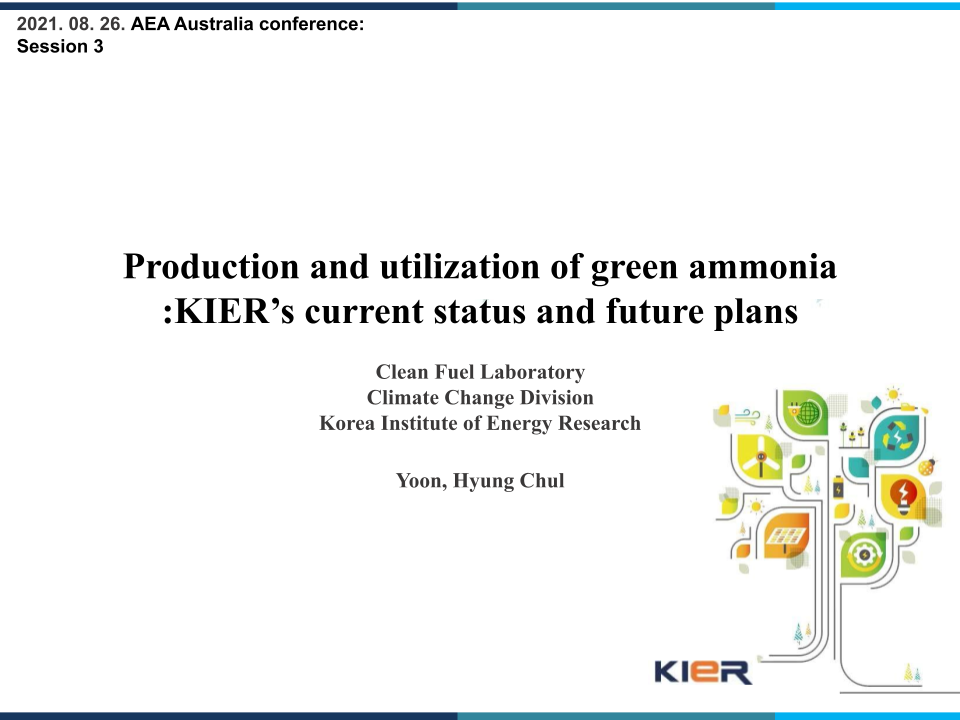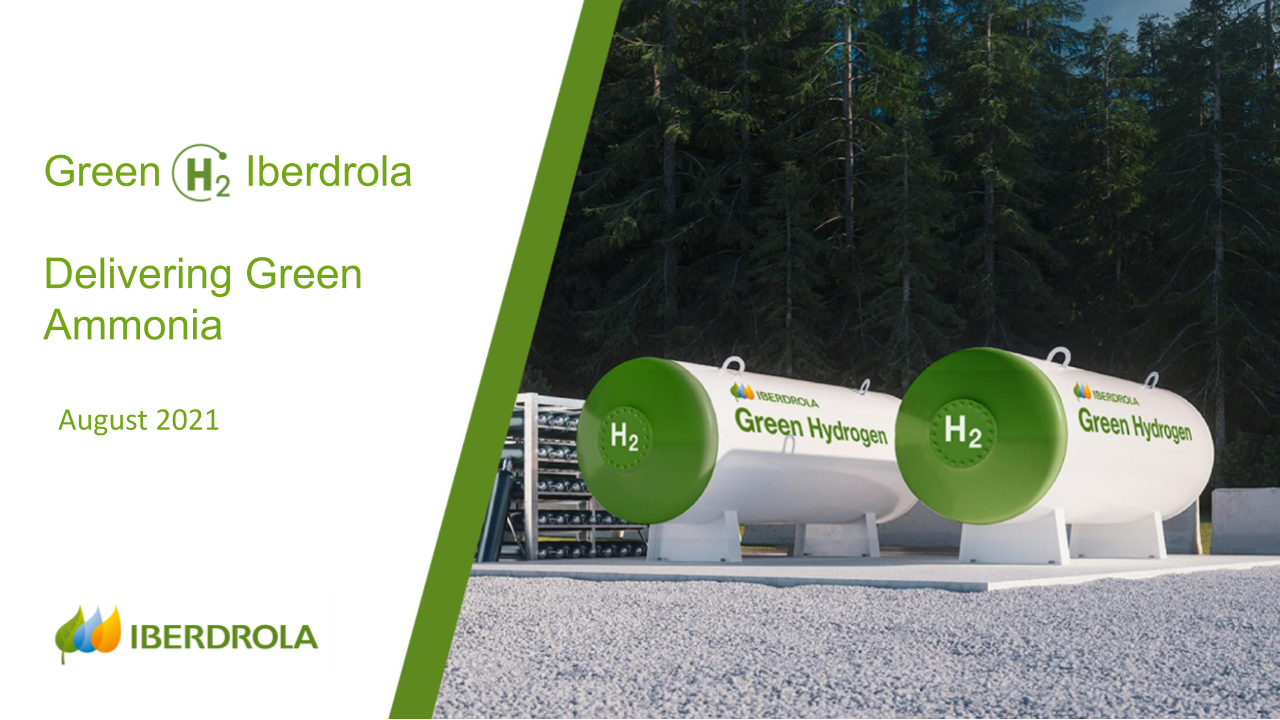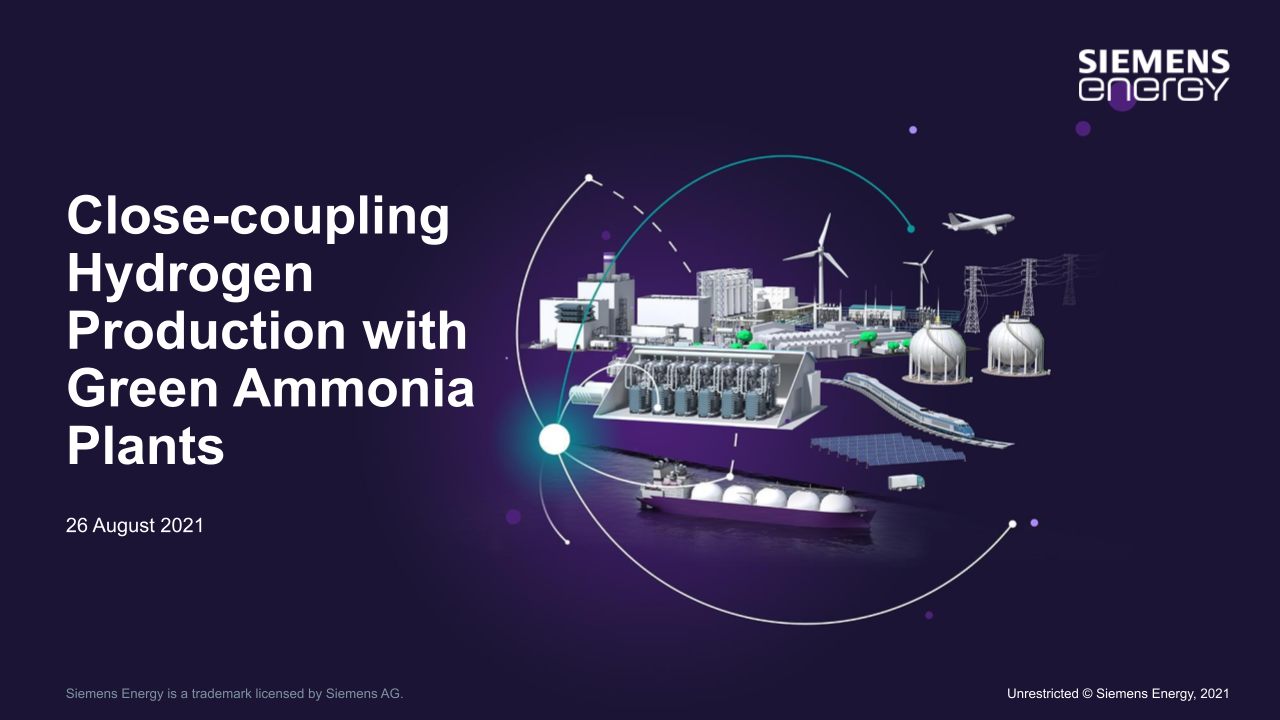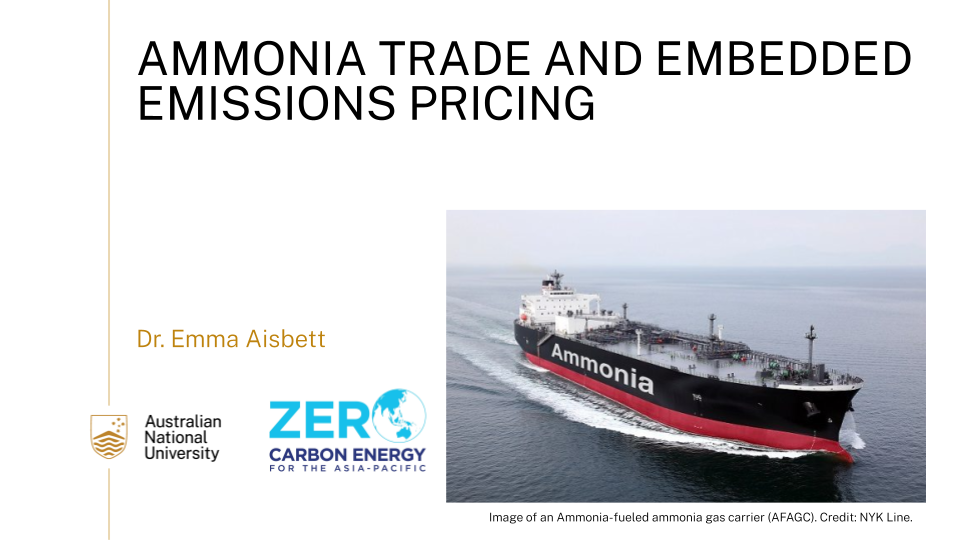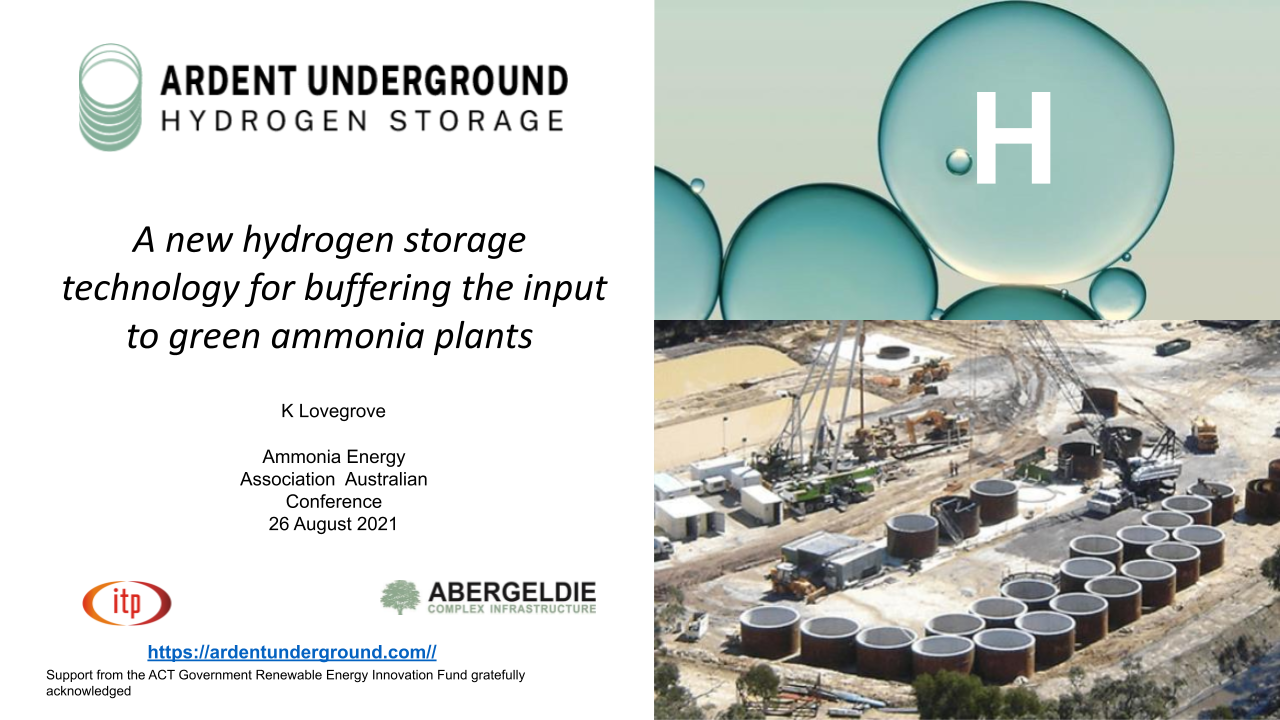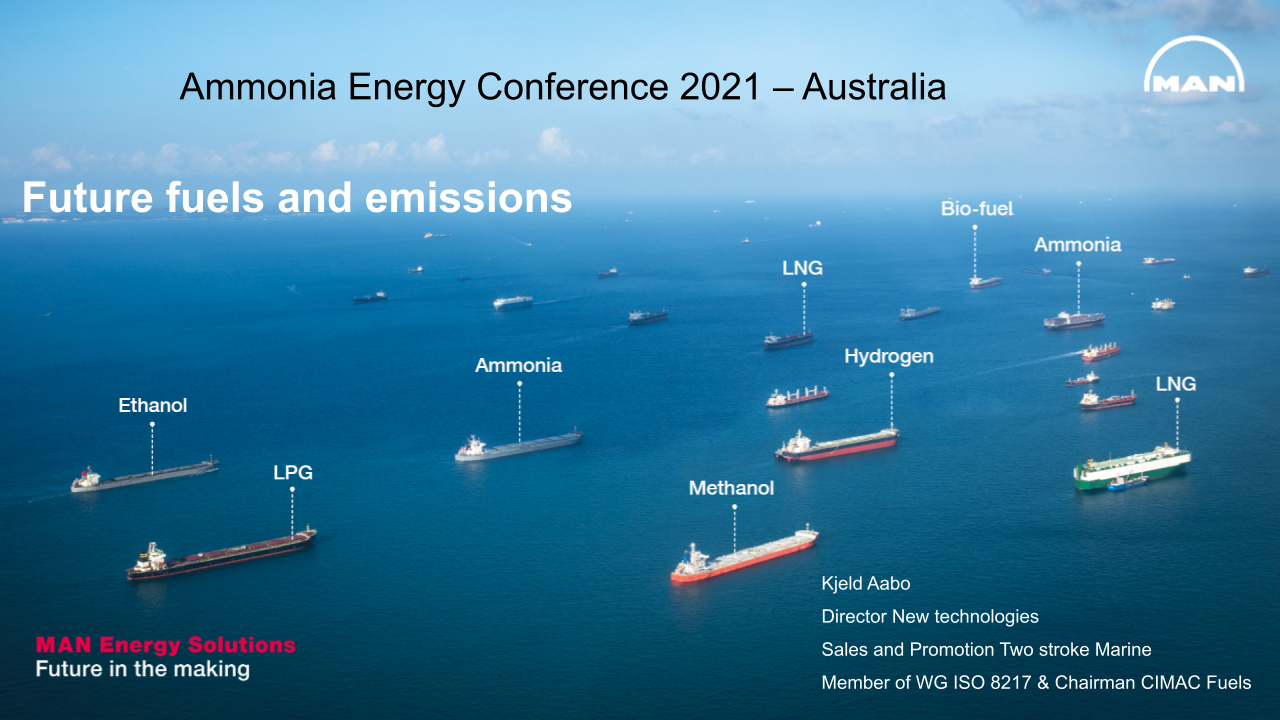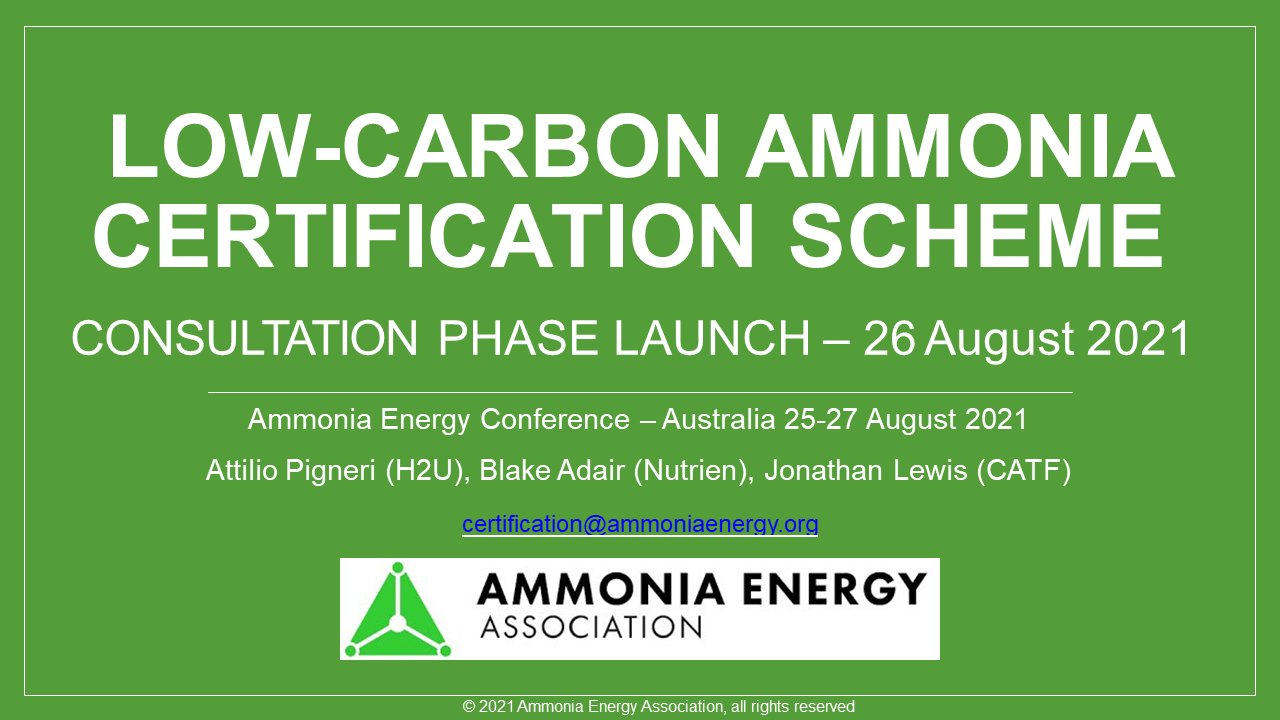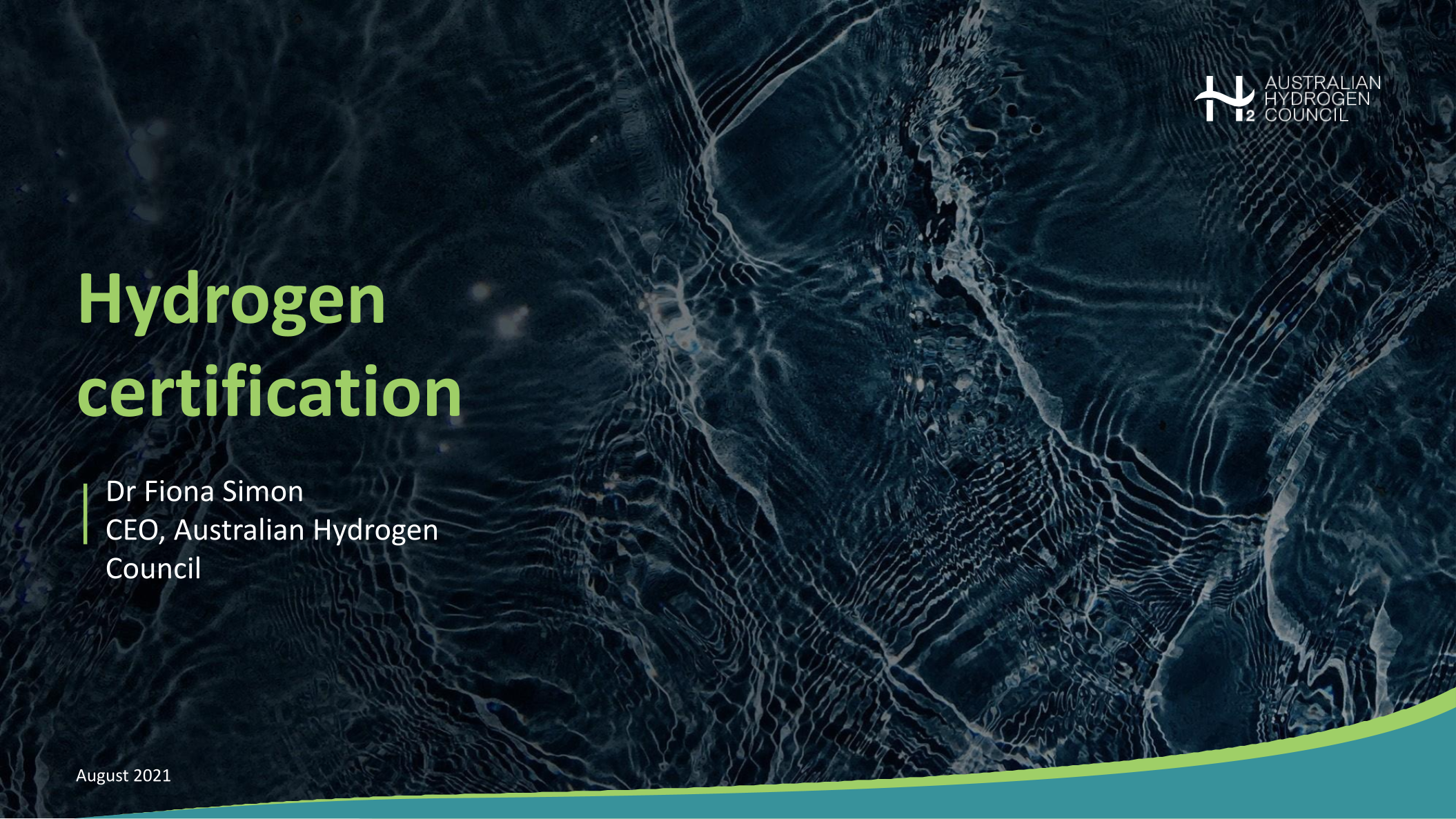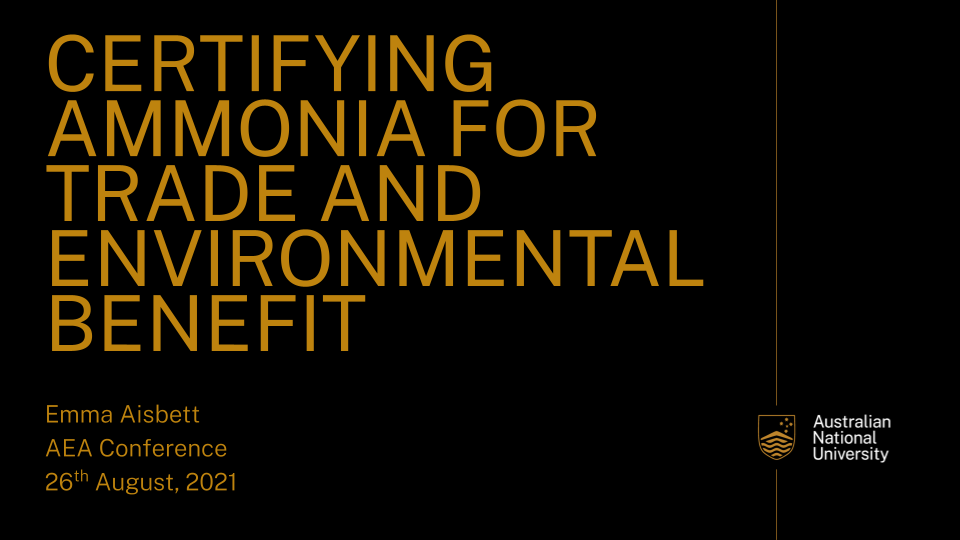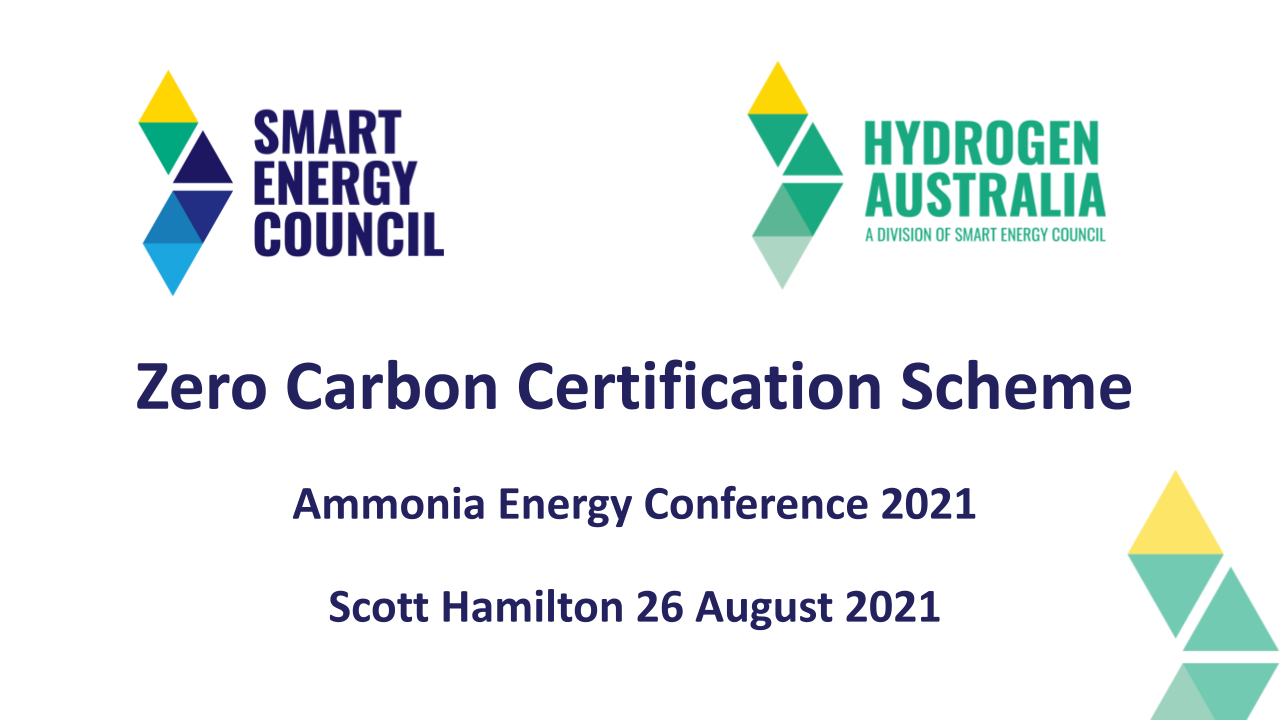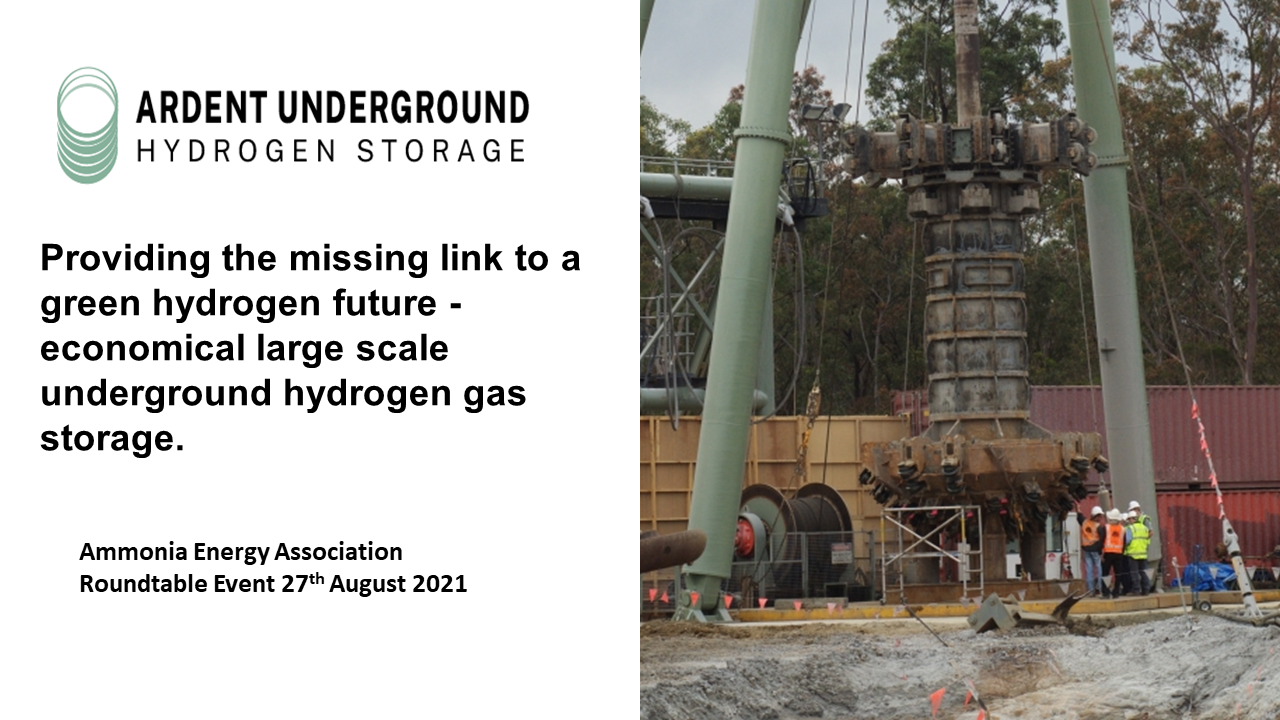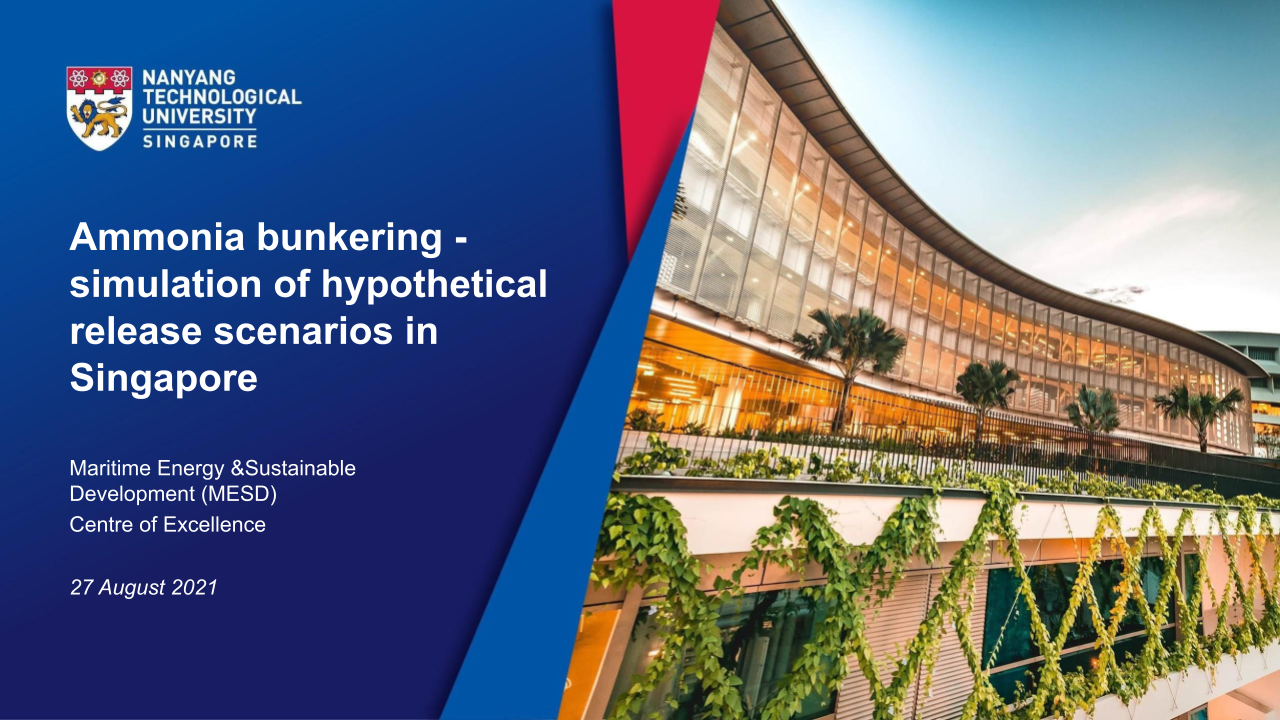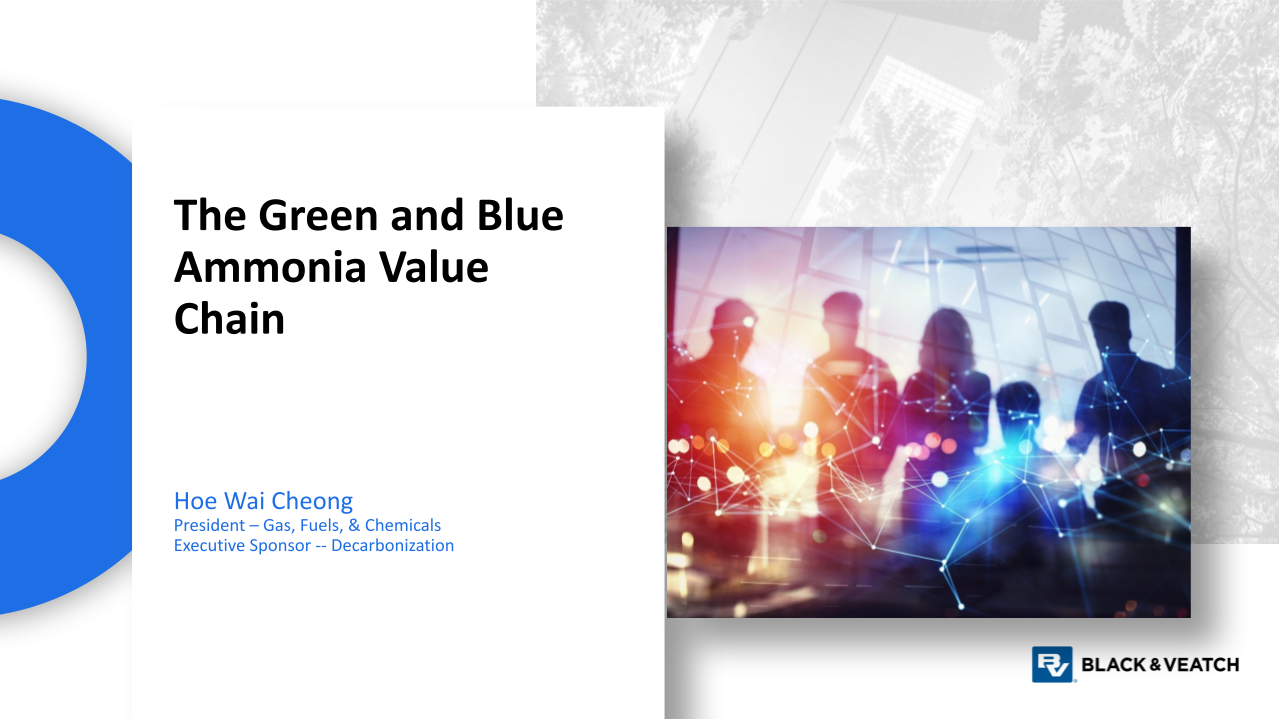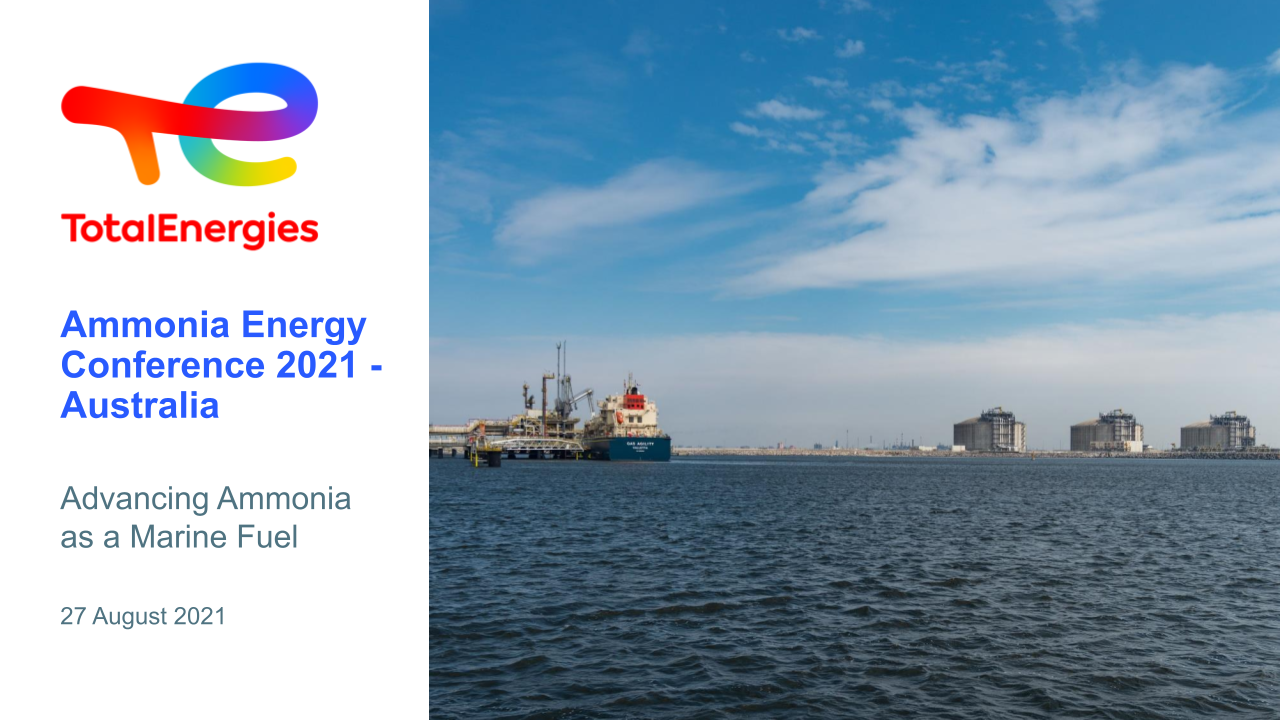Ammonia Energy Conference 2021 – Australia
August 25, 2021 August 27, 2021
25 – 27 August, online
Schedule
Opening & Session 1: Ammonia - its time has come
Wednesday, August 25, 2021 1:30 pm 3:00 pm
Session 2: Clean ammonia export projects - a showcase
Wednesday, August 25, 2021 4:00 pm 5:30 pm
Session 3: Innovations in the Australian ammonia value chain, Part I (quickfire session)
Thursday, August 26, 2021 12:00 pm 1:30 pm
Presentation
High-productivity electrosynthesis of ammonia from dinitrogen
The so-called lithium redox-mediated nitrogen reduction reaction presents the only known process enabling genuine electrochemical conversion of N2 to ammonia. Notwithstanding the rapidly increasing investigative efforts, the commonly reported performances of the Li-mediated N2 electroreduction, viz. yield rate, current-to-ammonia (faradaic) efficiency and durability in operation, still pertain to the domain of academic research rather than practical development. Our most recent work focused on redesigning the key components of the electrolytic N2 reduction cell enabled breakthroughs in all the key metrics of the process. Specifically, we have introduced a stable proton shuttle based on the phosphonium cation that delivers protons to…
Presentation
Export market and project development pathways
Export opportunities in the green ammonia industry continue to grow. Australia has a competitive advantage with existing infrastructure such as ports and an ever-growing renewable energy industry. To capitalise, green ammonia project development pathways should be developed that allow for the efficient production of green hydrogen, and ultimately the export of green ammonia.
Presentation
Ammonia as an Energy Carrier: Leveraging technologies and infrastructure to decarbonise global energy systems
The quickfire presentation will focus on the direct use of ammonia as an energy carrier. The examples considered here include using ammonia in diesel engines for power generation applications and development of solid oxide fuel cells operating with ammonia.
Presentation
Production and utilization of green ammonia: KIER’s current status and future plans
Green ammonia, a carbon-free chemical, has been drawing much attention as a hydrogen carrier and carbon-neutral fuel for trading green hydrogen and building a carbon-neutral society, respectively, because it has higher volumetric hydrogen content and energy density than liquid hydrogen. And the infrastructure for storing and transporting ammonia is already in place. To implement green ammonia into the current energy systems, technologies on low-cost green ammonia production, decomposition, and utilization are essential. This presentation will show the KIER’s current status and perspective on the development of low-cost green ammonia production and utilization.
Session 4: Innovations in the Australian ammonia value chain, Part II (quickfire session)
Thursday, August 26, 2021 2:00 pm 3:30 pm
Presentation
A strategic pathway to a sustainable shipping industry powered by Australian renewable energy
Australia is lucky. We have bountiful natural resources, buried in the ground, streaming from the sun and coursing through the air. Along with our geographic position on the apex of the vast Asian Pacific trade route we are in the perfect situation to initiate a new industry. Oceania are connecting together these key aspects of Australia’s DNA. Our ambition is to leverage the abundant energy sources in the north-west of Australia to supply green ammonia, then utilise the best-in-class bunker vessel to deliver sustainable shipping fuel to an industry that’s responsible for 3% of global GHG emissions. To achieve…
Presentation
Impact of scale on levelized cost of green ammonia for international energy transport
An oft-touted benefit of green hydrogen and ammonia is the modularity of production technologies, which may enable the use of micro-plants for distributed green fuel production without losing the benefits normally associated with economies of scale. To that end, a number of very small ammonia projects are being considered in Australia with electrolyser installations ~30 MW (e.g. QNP). At the opposite end of the spectrum, however, the Asian Renewable Energy hub has announced intentions to install 15 GW of electrolysis capacity. We explore the components of the full value chain of ammonia, from electricity generation to green ammonia delivery, and…
Presentation
Close-coupling variable green hydrogen production with small scale ammonia production
To deploy green ammonia projects at the scale and speed required to meet decarbonisation targets, we have to revisit conventional methods. There are numerous challenges in coupling renewable energy with ammonia production. This presentation proposes to use ‘Reference Plants’ as building blocks to closely couple green hydrogen and green ammonia plants.
Presentation
Ammonia trade and embedded emissions pricing
Emissions (carbon) pricing has been theoretically and empirically proven to be the most efficient means of correcting the market failure caused by greenhouse emissions externalities. None-the-less, political constraints have prevented emissions pricing from forming a stable component of Australian climate and energy policy. For export-facing industries such as ammonia, however, emissions pricing in export markets is likely to matter more than Australian policy. In particular, the European Commission is set to propose a carbon-border adjustment mechanism in July 2021. The US is also considering ways of ensuring their industries are not disadvantaged as a result of its substantially ramped up…
Presentation
A new hydrogen storage technology for buffering the input to green ammonia plants
The move to production of green ammonia using hydrogen produced from renewable energy raises the need to manage a variable production of hydrogen with a demand that has traditionally been constant 24/7. Whilst ammonia plants have some ability to ramp production rates, there are limits to this and any operation at reduced capacity will mean that their annualized cost recovery must be amortised over reduced production. Thus there is an apparent need for buffer storage corresponding to one or two days of hydrogen feedstock. This talk will introduce a new approach to underground storage of hydrogen that is being commercialized…
Session 5: Certifying clean ammonia
Thursday, August 26, 2021 4:00 pm 5:30 pm
Presentation
Hydrogen Certification
The ability for consumers to have certainty with regard to the origin of their energy products is crucial if Australia is to meet its potential to be a top exporter of clean hydrogen. The hydrogen industry is on a journey towards the development of a certification scheme to allow this. Alignment on key concepts and close engagement with the Federal Government has allowed the industry to progress towards a scheme which will meet the needs of producers and consumers. The process to date could provide a blueprint as ammonia producers embark on the same journey.
Presentation
Highlights from the EU debate on H2 certification
Climate mitigation is key driver for H2 roadmaps and policies. Regulatory framework still in its infancy, but it will evolve dynamically. In 1st phase, H2 GHG emission (and other sustainability) standards must take into account the still high level of power sector emissions in EU and elsewhere, and the need to get the clean H2 market up and running. But in the medium term, GHG emission standards will get closer and closer to true climate neutrality. I personally would anticipate this and would not advise to make long term investments in “grey-green” or “grey-blue” H2 => It might be accepted…
Presentation
Certifying renewable ammonia
The Smart Energy Council has established a world leading zero carbon certification for renewable hydrogen, renewable ammonia and renewable metals. This overview of the scheme will include results of the first project being certified under the scheme and the current pre-certification of the Yara renewable ammonia plant being built in the Pilbara, Western Australia.
Industry Round table: Ardent Underground
Friday, August 27, 2021 12:30 pm 1:30 pm
Session 6: Ammonia fuel bunkering & infrastructure in Singapore
Friday, August 27, 2021 2:00 pm 3:30 pm
Presentation
Ammonia bunkering - simulation of hypothetical release scenarios in Singapore
Ammonia has the potential to be a low carbon fuel for shipping. As an important step for ships to adopt the fuel, the bunkering operation of ammonia shall be established. Ammonia bunkering can be characterized by different infrastructure and operation requirements from that of conventional marine fuel. The study presents potential bunkering concepts and configurations. The dispersion pattern due to accidental ammonia release is investigated by far-field simulation using PHAST software. The impacts of various factors on the dispersion patterns are explored to provide preliminary understandings of future ammonia bunkering safety in Singapore. Slides: please see the attached file.
Presentation
The Green and Blue Ammonia Value Chain
As green and blue ammonia begin to be utilized as a zero-carbon marine fuel, we will see the need for substantial infrastructure development to support the demand. The green and blue ammonia value chains differ in the hydrogen production method used; green ammonia being generated from water electrolysis and blue ammonia being generated from a conventional pathway, using natural gas, but with the addition of carbon capture. The level of commercialization and the relative total installed costs for green and blue ammonia plants will be discussed.
Presentation
Advancing Ammonia as a Marine Fuel
Buoyed by promising new research, Ammonia is emerging as a marine fuel contender among various future fuel candidates that could decarbonize shipping. Jérôme Leprince-Ringuet (Vice President, Marine Fuels, TotalEnergies) will explore ammonia’s potential to significantly reduce greenhouse gas emissions in the maritime industry, and to help turn the tide on climate change. Through his presentation, you will: – Learn why ammonia holds significant potential as a marine fuel candidate, from emission reduction to scalability factors. – Gain insight into the safety, technology maturity and availability challenges facing ammonia’s promise as a marine fuel, and – TotalEnergies’ ongoing efforts and joint…
Presentation
Ammonia as a Fuel of the Future: A Ship Operator’s perspective
Ammonia as a Marine fuel is a new introduction to the Bunker industry. In order to be better prepared for setting up the required infrastructure etc for an efficient supply chain, it is important to understand what are the downstream challenges that suppliers can expect. A key aspect of this is to hear it from potential end-consumers and gain their perspective. Maersk is committed to reducing its Co2 emissions by almost 60% (over Y2008 baseline) by 2030 and is exploring Ammonia as a possible pathway to get there. This session will address challenges foreseen in adopting Ammonia by a Dry…

